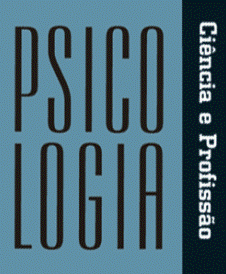Abstract
This bibliographical research assembles the investigation of historical elements of psychoanalysis with the theoretical study of the transference from its first clinical description until its conceptualization. In reason to discuss the application of transference in the clinic, the investigation of the way in which the concept of transference was built is as instructive as the study of its theoretical content. This paper stresses that the transference is at the heart of the debate about the specificity of the psychoanalytic method, its scientific status and its application in different contexts. It begins with the review of its first description and follows the insertion of metapsychological grafts during the following years, in that the transference is used to designate the energy operating mode of the psyche and the causal logic of the etiology of neurosis as well. These additions impel a reformulation of the trauma idea and clarify the role of fantasy and sexual components in the formation of symptoms. The book of dreams establishes transference in a broader sense and transforms the meaning of the feedback’s idea. Freud returns to the descriptive sense of transference to discuss the inclusion of the analyst in the formations of the unconscious of the one who is being analyzed. So, it highlights the effects of two crises: the dissolution of the transference bond with Fliess and the impasse in Dora’s treatment. To conclude, it points how the first rudiments of the concept of transference provoke a change in the interpretation’s technique and in the approach of the phenomenon of suggestion.
Transference; Trauma; Fantasy; Sugestion; Interpretation
